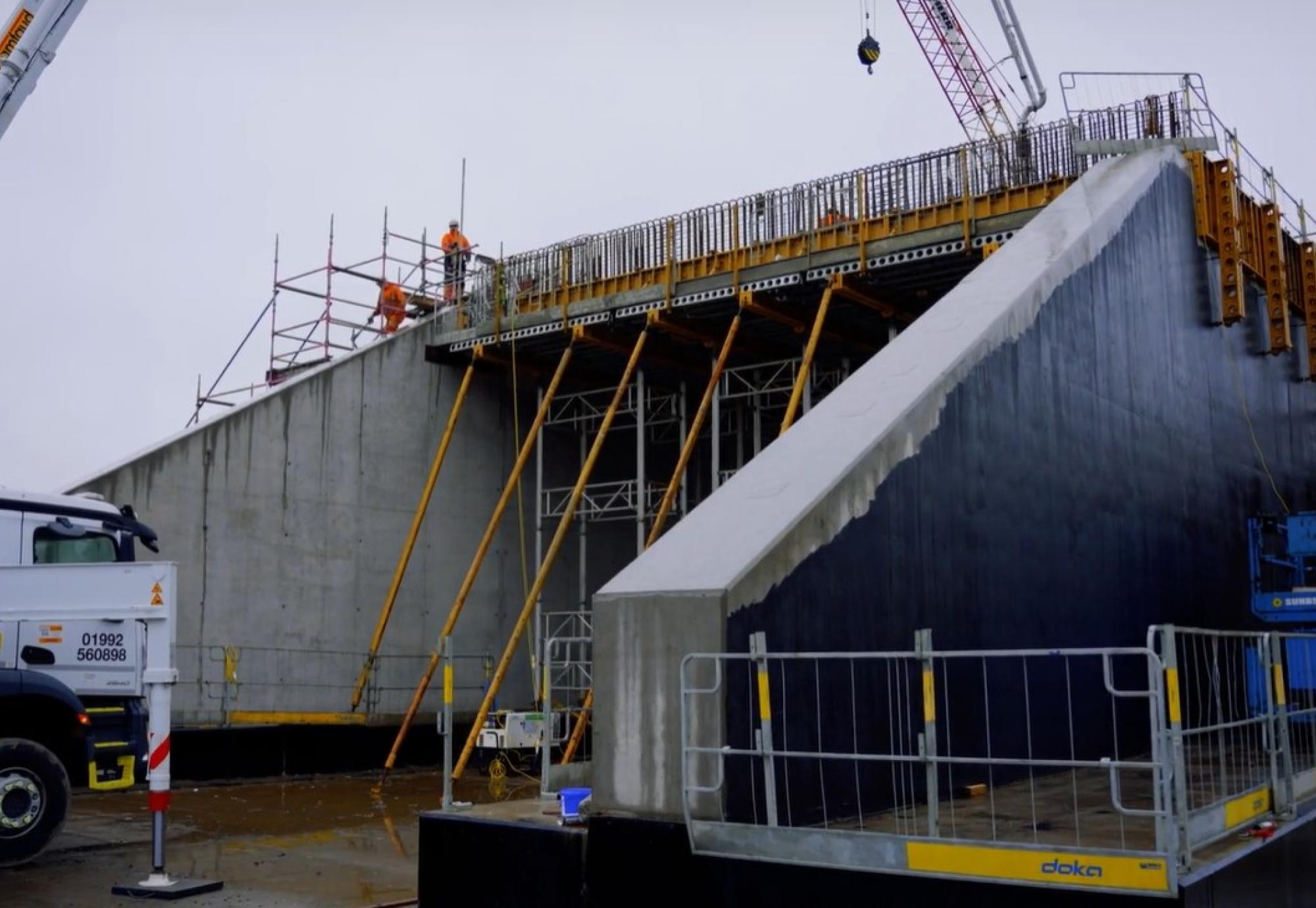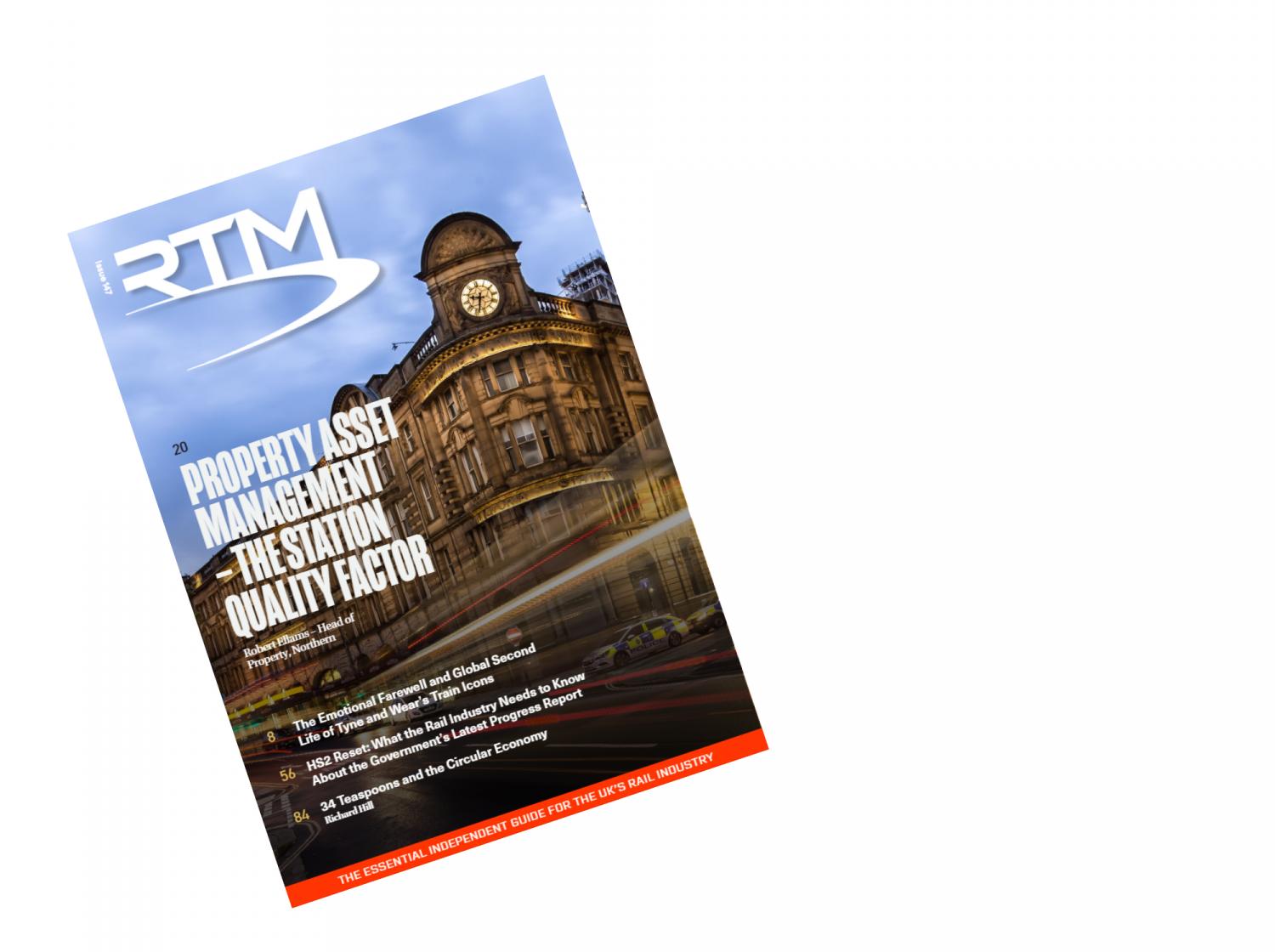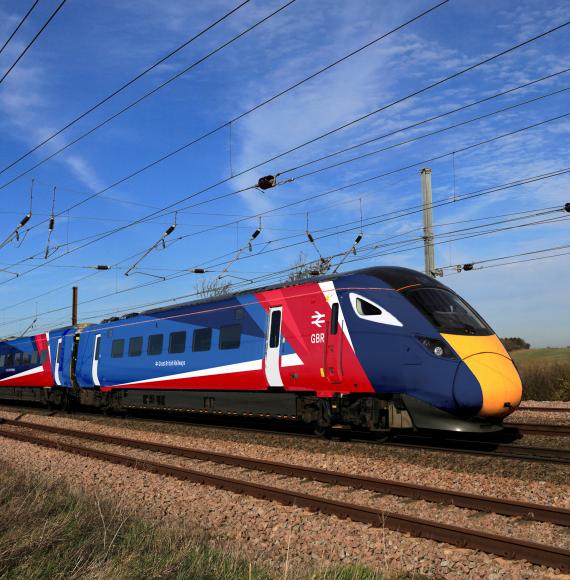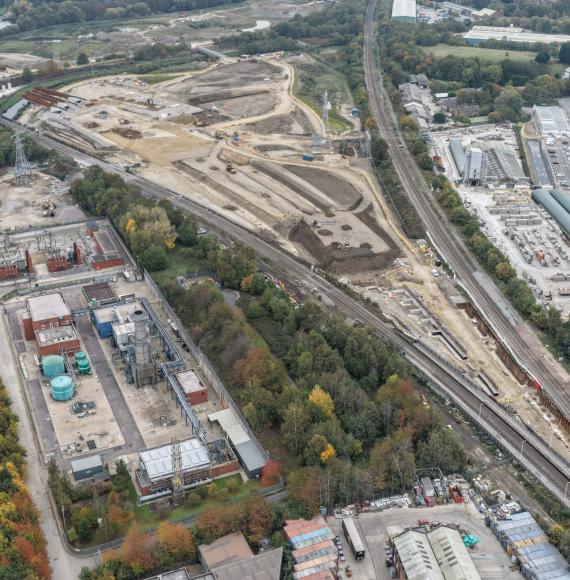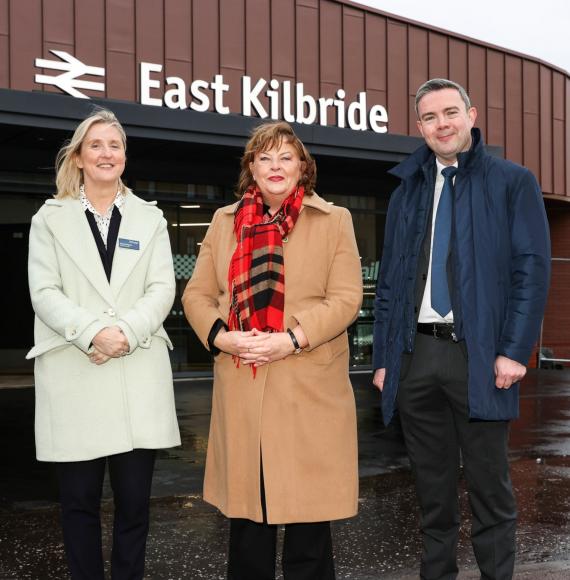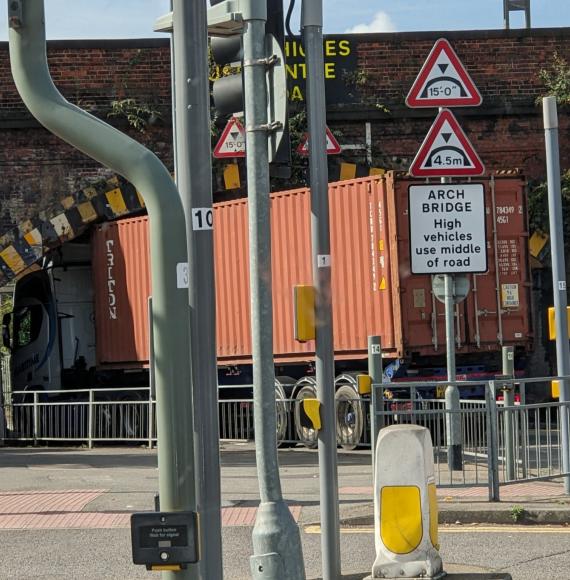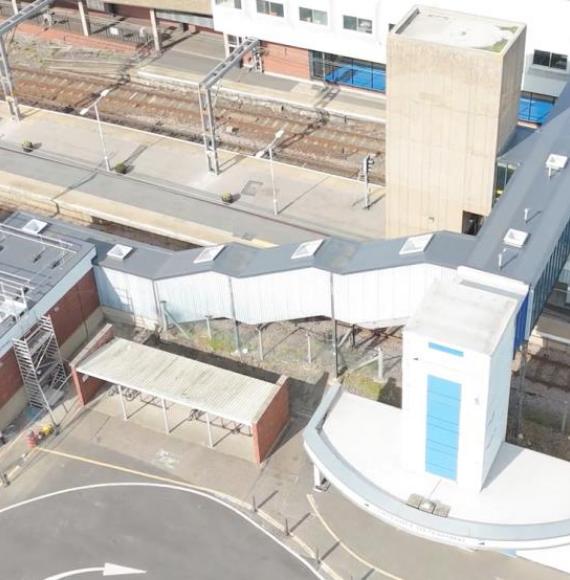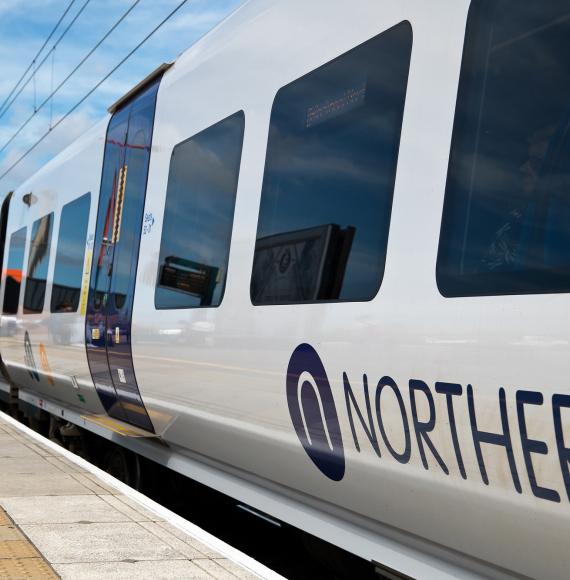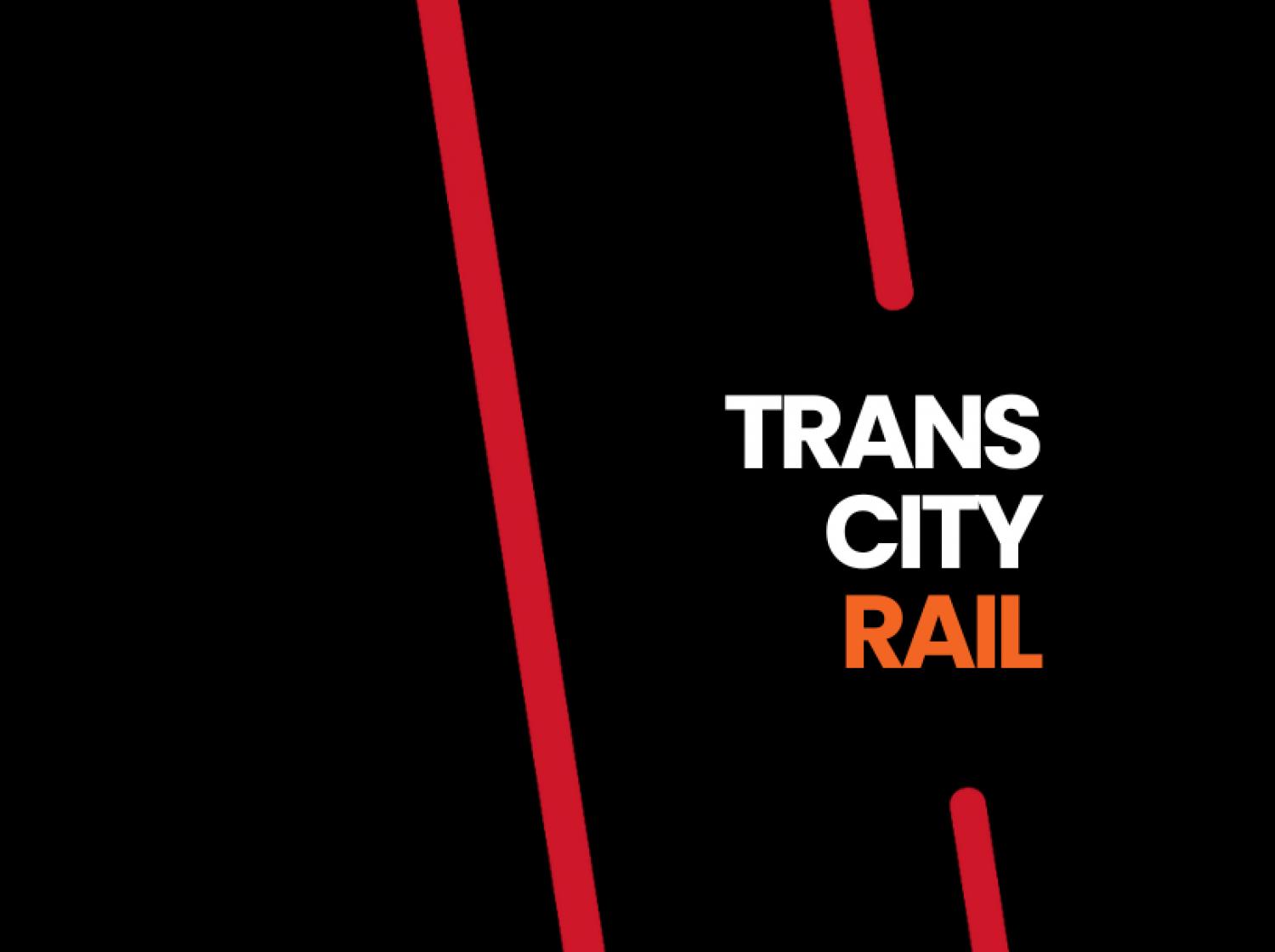Construction of a new £5.9 million railway bridge at the former Exxon site in Bowling is progressing rapidly, marking a significant step forward in the Glasgow City Region Deal’s transport infrastructure ambitions.
The bridge, which now visibly dominates the site, is a cornerstone of the strategic development plans aimed at enhancing connectivity, stimulating economic growth, and supporting sustainable development across the region. Once complete, it will provide vital direct road access and unlock future opportunities at the Bowling Strategic Development Site.
Work began over the summer and has remained on schedule. The structure has now been fully cast using approximately 1,860 tonnes of concrete—an impressive feat that has brought the bridge’s form into full view.
The next major milestone is scheduled for the Christmas period, when the bridge will be moved into its final position—a complex engineering operation requiring precision and coordination.
Laura Craig, Network Rail scheme project manager, commented:
“Watching the bridge take shape on site is a proud moment for everyone involved. This is a substantial structure, and the level of work put in to reach this stage has been immense. From clearing tens of thousands of tonnes of earth, to installing the steelwork and pouring hundreds of tonnes of concrete.
“The next phase over Christmas will be one of the most exciting parts of the project. Moving a structure of this size into its final position is no small task, and we’ve been working closely with our contractor, Story, to make sure every detail is covered. It’s a big challenge, but one we’ll be ready for.”
To facilitate the bridge move, a planned rail closure will be in effect from the end of service on 24 December 2025 until the start of service on 2 January 2026. During this period, there will be no trains between Dalmuir and Balloch/Helensburgh Central, or between Glasgow Queen Street and Crianlarich. Caledonian Sleeper services to Fort William will also be affected.
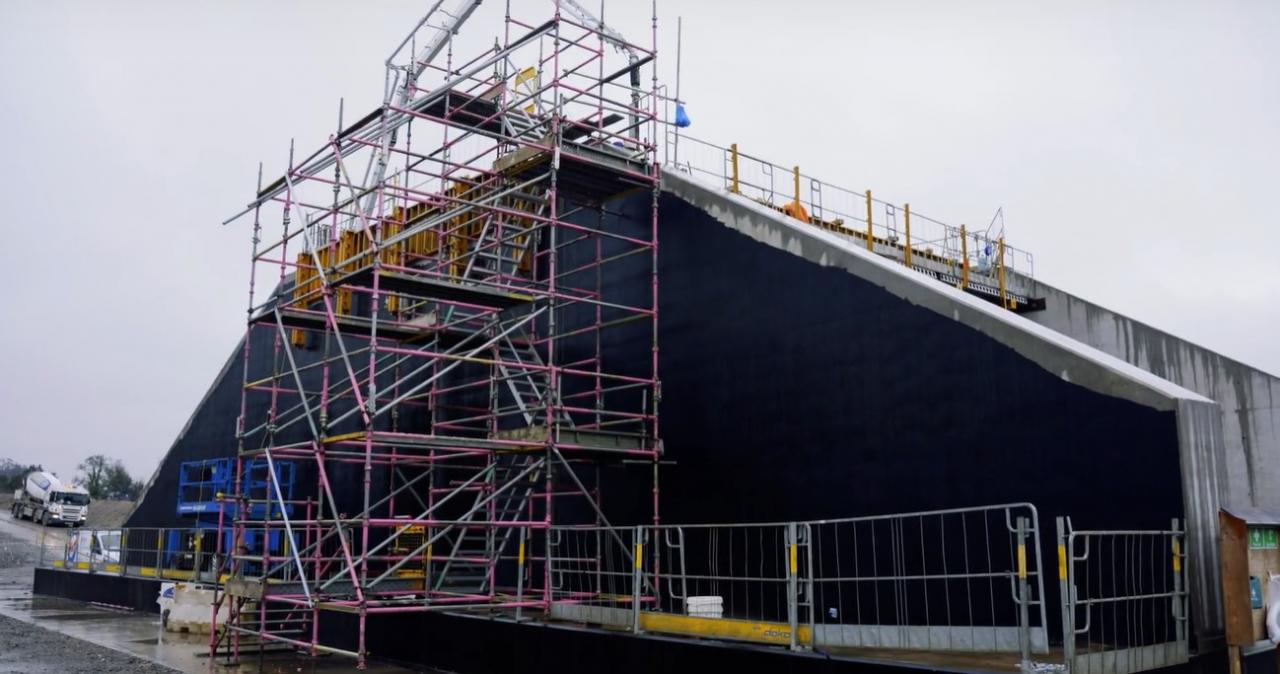
This project exemplifies the scale and complexity of infrastructure delivery within the rail sector and highlights the collaborative effort between Network Rail and its contractors to meet ambitious timelines while minimising disruption.
Image & Video Credit: Network Rail

